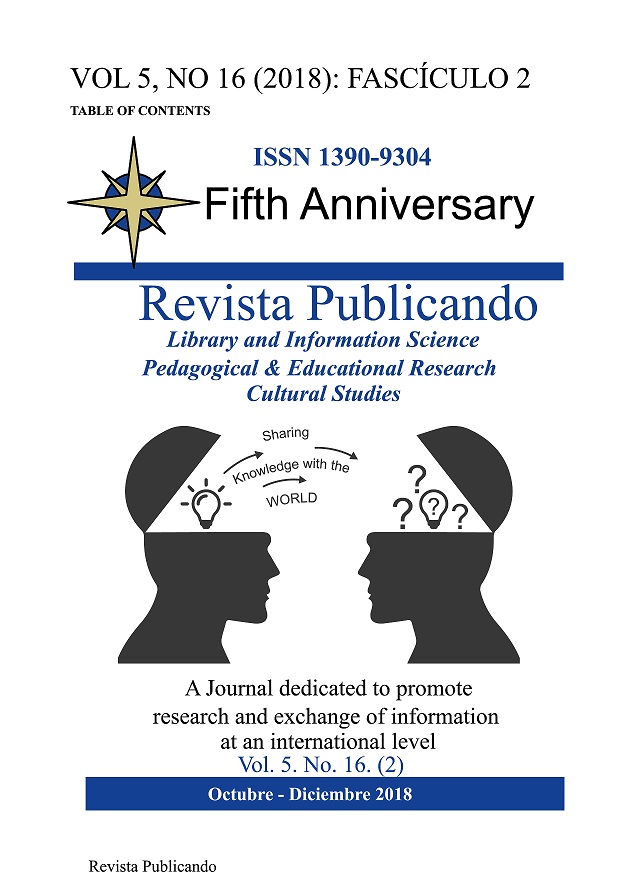Resumen
Since belief in the resurrection in the divine religions is considered as a genuine belief, addressing the issue of resurrection and comparing it in different religions is very important. This paper compares the resurrection in the two religions of Islam and Zoroastrians, their similarities and differences in subjects such as the time of resurrection, the way and place of rising from death, the duration of torment, physical resurrection, public assembling, the embodiment of the actions, the duration of resurrection, the test of fire or passing through the molten material, divine judgment, and Saoshyant with DÄbÄ-al-Ardh in the Qur'an. It can be used both for believers to discriminate the right beliefs and for the researchers in the field of history, culture and sociology. In addition, it can be a positive step towards the approximation of the followers of religions and the unity of the human community.
Referencias
Aghaei, M., Comparative Study of Islamic and Zoroastrian Eschatology, Haft Aseman, Autumn 2007, No. 35 p. 87. [In persian].
Azhir, A., The belief in the promised in Zartosht Goths, Journal of Philosophy of Religion (Letter of Wisdom), Volume 4, Issue 1, Spring and Summer 2006, P.P 145-168. [In persian].
Bahrani S.H.S, Al-Borhan fi al-Tafsir al-Quran, first edition, (Qom: publisher of the Ba'atha Institute, 1995), Vol 5, P.487). [In persian/arabic].
Dadegi, F., Bandshah, Translated by Mehrdad Bahar, Tehran: Toos Publishing, Fifth Edition (2016) , P.P.145-148. [In persian].
Doostkhah, J., Avesta the Oldest Iranian Poems and Texts, Tehran: Morvarid Publications, Sixth Edition, 2012, Vol 1, P.487. [In persian].
G Mussabekova, K Issayeva, Z Oralova, U Saparbayeva, N Faiziyev, B Mutaliyev (2018). Hypothetical model of the development of a future teacher as a humanist (on the basis of humanitarian subjects). Opción, Año 33, No. 85 (2018): 241-272.
Hassanzadeh, M., Zahani Zahan, Z., Zoroastrian Eschatology, The Journal of Religious Research, No. 21, Autumn and Winter 2010. [In persian].
Isfahani Ragheb, HM., Mufradat Alfaz Al-Quran, Tehran, Publisher Mortazavi, Vol3, P.273(2009).[In persian/arabic].
JV Villalobos (2016). Dimensión ética de las instituciones académicas. Opción 32 (11)
KHASHEVA Z. M., GOLIK V.I., SHULGATY L.P., ERMISHINA E.V., Economic justification of technological diversification for the metal mining and production complex, Astra Salvensis - review of history and culture, No. 10, 2017, p. 361-367.
Majlesi, MB., Bihar al-Anwar, Beirut: Dar Ehaya 'al-'Atat al-Arabi, Second Edition (1403 AH), Vol8, P.249. [In persian].
Makarem Shirazi, N et al., Example Commentary, Tehran, Dar al Kotob Al Islamiah, First Edition, 1995, Vol 9& 10, P.392-534 . [In persian].
Mazdapur, K., Worthy and Unworthy Translation, Tehran, Institute for Cultural Studies and Research, First Edition, 1990, P.228-229. [In persian].
Mirfakhraei, M (translation), Pahlavi narrative, First edition, Institute for Cultural Studies and Research, 1988, P.61. [In persian].
Mofid, MM., Al-Amali, First Edition (Qom: Publisher of the Sheikh Mofid Congress, 1413 AH), P.274. [In persian/arabic].
Oshidiri, J., Madisna Encyclopedia, Tehran: Publishing Center, Sixth Edition, 2015, P.294. [In persian].
Rashed Mohassel, MT, translation of selection of Zad Sparm, Tehran, Institute for Cultural Studies and Research (1987), P. 57 . [In persian].
Razi, Abu al Fath, HA., Rooz al-Jananan and Rooh al- Jananan fi Tafsir al-Quran, Vol 15, Mashhad- Astan Quds Razavi, Islamic Research Foundation, First Edition, (1408 AH), Vol15, P75. [In persian/arabic].
Razi, H., Resurrection and Eschatology in ancient Iranian religions, Tehran, Behjat Publishing, First edition, 2015, P.287. [In persian/arabic].
Tabatabaei, MH., translation of Tafsir -Mizan, Translator Seyyed Mohammad Bagher Mousavi Hamedani, Qom: Publications Office of Islamic Society Seminary, 5th edition, 1995, Vol8, P153. [In persian].
Tafazoli, A., Spiritual of Wisdom, Tehran, Iran Culture Foundation Publishing House, 1975, P.26. [In persian].
Tahavieva F.R., Nigmatullina I.A., Speech-communicative function in the structure of predictive competence of young schoolchildren with musculoskeletal disorders, Astra Salvensis, Supplement No. 10, 2017, p. 315-322.
Tofighi, H., Introduction to Great Religions, Tehran, Iran, SAMT, Thirteenth Edition (201 ¬0), P. 65-66. [In persian].
Usted es libre de:
Compartir — copiar y redistribuir el material en cualquier medio o formato
Adaptar — remezclar, transformar y construir a partir del material
La licenciante no puede revocar estas libertades en tanto usted siga los términos de la licencia
Bajo los siguientes términos:
Atribución — Usted debe dar crédito de manera adecuada, brindar un enlace a la licencia, e indicar si se han realizado cambios. Puede hacerlo en cualquier forma razonable, pero no de forma tal que sugiera que usted o su uso tienen el apoyo de la licenciante.
NoComercial — Usted no puede hacer uso del material con propósitos comerciales.
CompartirIgual — Si remezcla, transforma o crea a partir del material, debe distribuir su contribución bajo la lamisma licencia del original.
